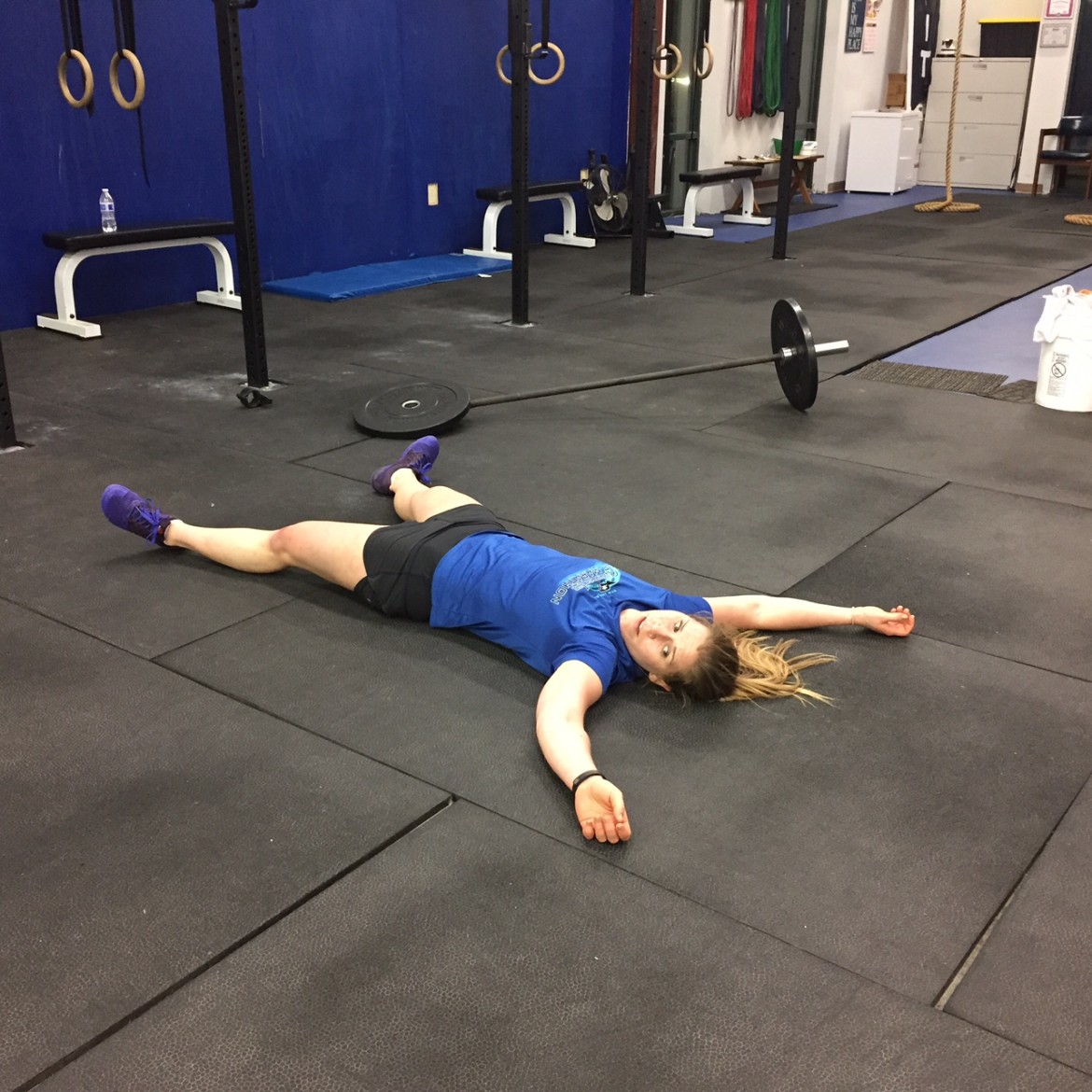We all know by now that to achieve weight loss and fitness goals, exercise is key. However, what you do between your workouts is just as important. Having adequate time to recover, will not only optimize your results but also decrease the risk of injury.
Everyone is different and will respond differently to both stimulus and recovery. There is no “one size fits all” system. Pay attention to your body and listen to what it tells you. Adjusting your workouts and recovery time is crucial.
“Recovery” is basically the ability of our bodies to prepare themselves for the demands of the next burst of physical activity. Blood pressure is lowered, Blood glucose and muscle glycogen levels are replenished and cellular enzymes used for fuel, are replaced.
Recovery actually begins while you are still working out, known as “immediate recovery.” Then you have “short-term recovery,” which happens between sets and “training recovery,” which happens between workouts.
Generally speaking, the harder your workout, the more muscle fibres are recruited, the longer you need to take off for recovery. The most important aspect of recovery is refueling. Your muscles break down at a cellular level, so you need to consume protein and carbohydrates to replenish them.
You should begin to replace these fuels within 30 minutes of your workout. High glycemic carbs, like pretzels or energy drinks, are good because you want to start to build adequate glycogen levels as soon as possible.
Proteins that are easy to digest should be taken within 30 minutes of your training as well. Eggs are an excellent choice, protein drinks are also a convenient substitute. You should try to eat a meal within 2 hours of your workout, consisting of carbs, proteins, and essential fatty acids.
Dehydration will cause your blood pressure to drop. Make sure you consume plenty of liquids before, during and after training. The extra fluids will help flush toxins from your muscle and speed up the recovery process.
Ice baths are popular among the professional athletes after intense physical activity. They reduce swelling and soreness. Also, when you get out, your body temperature rapidly rises. The increased blood flow helps speed up the healing process as well.
Sleep is huge when it comes to recovery. Some studies suggest that you get at least 8 hours of it if you are training hard. However, new studies have shown that splitting your sleep cycles into 1.5 hour periods will result in your feeling more refreshed than if you get 7 hours in. “Power Naps” of 20-30 minutes in duration during the day are also good.
Stretching is another key element to help reduce soreness and promote recovery. For every one hour that you train, you should stretch for 10 minutes. Three one hour exercise sessions/week =30 minutes of static stretching.
Foam rollers are also an excellent way to get the blood circulating within the muscle tissues. If you don’t wan’t to buy a roller, a piece of PVC pipe or a lacrosse ball will do the same thing for you.
Remember, even though you might get a pump while you are working out, you are actually breaking the muscle down. You grow outside of the gym! Train smart, be healthy.
